- Have any questions?
- +380 (50) 50 73 903
- uapothecary.pharmacy@gmail.com
Aminalon film-coated tablets 250 mg 50 pcs.
$13.19
Aminalon is a drug that belongs to the group of nootropics. It has a positive effect on brain function, improves memory, attention, thinking, and also helps restore movement and speech after cerebral circulation disorders.
Composition
Active ingredient: aminalon (gamma-aminobutyric acid);
1 tablet contains aminalon (gamma-aminobutyric acid) (calculated as 100% substance) 250 mg;
excipients: microcrystalline cellulose, povidone 25, anhydrous silicon dioxide, magnesium stearate, Opadry II white 85F18422 (mixture of substances: polyethylene glycol, talc, titanium dioxide (E 171), polyvinyl alcohol).
Dosage form
Film-coated tablets.
Main physicochemical properties: round tablets with a biconvex surface, coated with a white or white with a cream tint.
Pharmacotherapeutic group
Psychoanaleptics. Other psychostimulants and nootropics.
PBX code N06B X.
Pharmacological properties
Pharmacodynamics
Gamma-aminobutyric acid (GABA) is the main mediator of the central nervous system, which participates in the processes of central inhibition. Under its influence, the energy processes of the brain are activated, the utilization of glucose by the latter is improved, the respiratory activity of tissues increases, and the blood supply improves. The drug improves the dynamics of nervous processes in the brain, thinking, memory, attention, promotes the restoration of movements and speech after cerebral circulation disorders, exhibits a mild psychostimulating effect. Contributes to the reduction and stabilization of elevated blood pressure (BP) and the reduction of subjective symptoms of arterial hypertension (dizziness, sleep disturbances). Has a moderate antihypotoxic and anticonvulsant effect. In patients with diabetes mellitus, it reduces the glucose content, with a normal blood glucose content it has the opposite effect (due to glycogenolysis). By the nature of the action, the drug is similar to nootropic agents.
Pharmacokinetics
Rapidly absorbed from the digestive tract. The maximum concentration is found in blood plasma. The final product of GABA metabolism in tissues is succinic acid, which is included in the Krebs cycle. Part of the drug is subject to transamination with the formation of g-guanidinebutyric acid, which in the liver and kidneys is partially decomposed into GABA and urea. Also synthesized is g-aminobutyrylcholine, GABA-pantoyl, homocarnosine, less – oxybutyric acid. The products of GABA conversion and the unchanged drug are excreted in the urine, partly with carbon dioxide of exhaled air.
Clinical characteristics
Indication
As part of the complex treatment of diseases of the central nervous system:
- vascular diseases of the brain (atherosclerosis, damage to cerebral vessels in arterial hypertension);
- chronic cerebral circulatory insufficiency with impaired memory, concentration, speech, dizziness, headache;
- encephalopathy (alcoholic, post-stroke, post-traumatic);
- cerebral palsy;
- mental retardation in children (over 5 years old);
- senile dementia (early stages of dementia);
- sea and air sickness (for the prevention and treatment of the symptom complex of motion sickness).
Contraindication
Hypersensitivity to any of the components of the drug. Acute renal failure.
Interaction with other medicinal products and other types of interactions
When used together with benzodiazepine drugs (tranquilizers, anticonvulsants), as well as with sedatives (barbiturates), mutual potentiation of the effect is observed. Pyridoxine hydrochloride (vitamin B 6) can also enhance the effect of gamma-aminobutyric acid.
When used in combination with benzodiazepine drugs, each drug should be administered in the minimum or average effective doses.
Application features
At the beginning of treatment, blood pressure monitoring is necessary due to the possibility of its fluctuations.
It is not recommended to use the drug in the evening and before bedtime due to possible sleep disturbance.
It is not recommended to drink alcohol during treatment with the drug.
Use during pregnancy or breastfeeding
It is not recommended to prescribe the drug to women during pregnancy or breastfeeding.
Ability to influence reaction speed when driving vehicles or other mechanisms
With prolonged use of the drug, caution should be exercised by persons engaged in potentially hazardous activities that require increased attention and high reaction speed when driving vehicles and working with other mechanisms. In the first days of using the drug, you should refrain from driving vehicles and working with potentially dangerous mechanisms.
Method of administration and doses
The drug should be taken orally before meals.
Adults are prescribed 2-5 tablets (500-1250 mg) per dose, depending on the course and severity of the disease. The daily dose is usually 6-12 tablets (1500-3000 mg) in 3 doses.
Children from 5 years of age should be prescribed the drug, depending on the course and severity of the disease, 2-12 tablets (500-3000 mg) per day. The daily dose should be divided into 3 doses, the course of treatment – from 2 weeks to 6 months. If necessary, repeat courses.
For the treatment of the symptom complex of dizziness, adults are prescribed 2 tablets (500 mg) and children from 5 years of age 1 tablet (250 mg) 3 times a day for 3-4 days. For preventive purposes, adults are prescribed 2 tablets (500 mg) 3 times a day for 3 days preceding a trip or possible injection.
The duration of the course of treatment is determined by the doctor individually.
Children
It is not recommended to prescribe the drug to children under 5 years of age.
Overdose
If the therapeutic doses of the drug are significantly exceeded and the recommended treatment regimens are not followed, nausea, vomiting, intestinal disorders, headache, fever, fluctuations in blood pressure, and sleep disturbances may develop. In such cases, the drug should be discontinued. Treatment is symptomatic.
Adverse reactions
Gamma-aminobutyric acid is very slightly toxic. In some cases, reactions may occur:
- Gastrointestinal: dyspeptic symptoms, nausea, vomiting;
- from the side of the central nervous system: insomnia, feeling of heat, increased body temperature, sleep disturbances;
- From the cardiovascular system: fluctuations in blood pressure;
- Skin: allergic reactions, including skin rashes, itching.
When the dose is reduced, these phenomena usually pass quickly.
If any adverse reactions occur, you should stop using the drug and be sure to consult a doctor.
Expiration date
2 years.
Storage conditions
Store in the original packaging at a temperature not exceeding 25°C.
Keep out of reach of children.

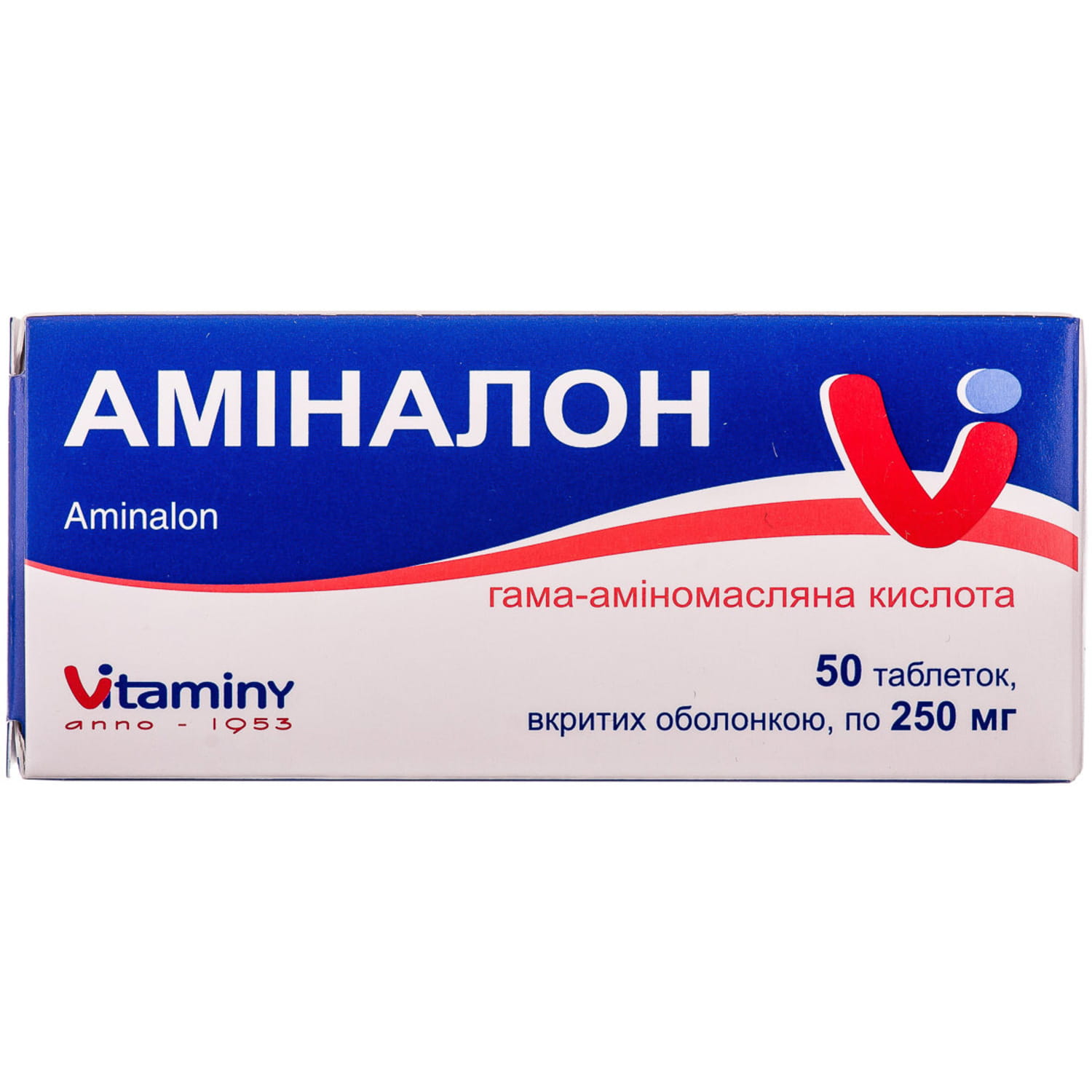
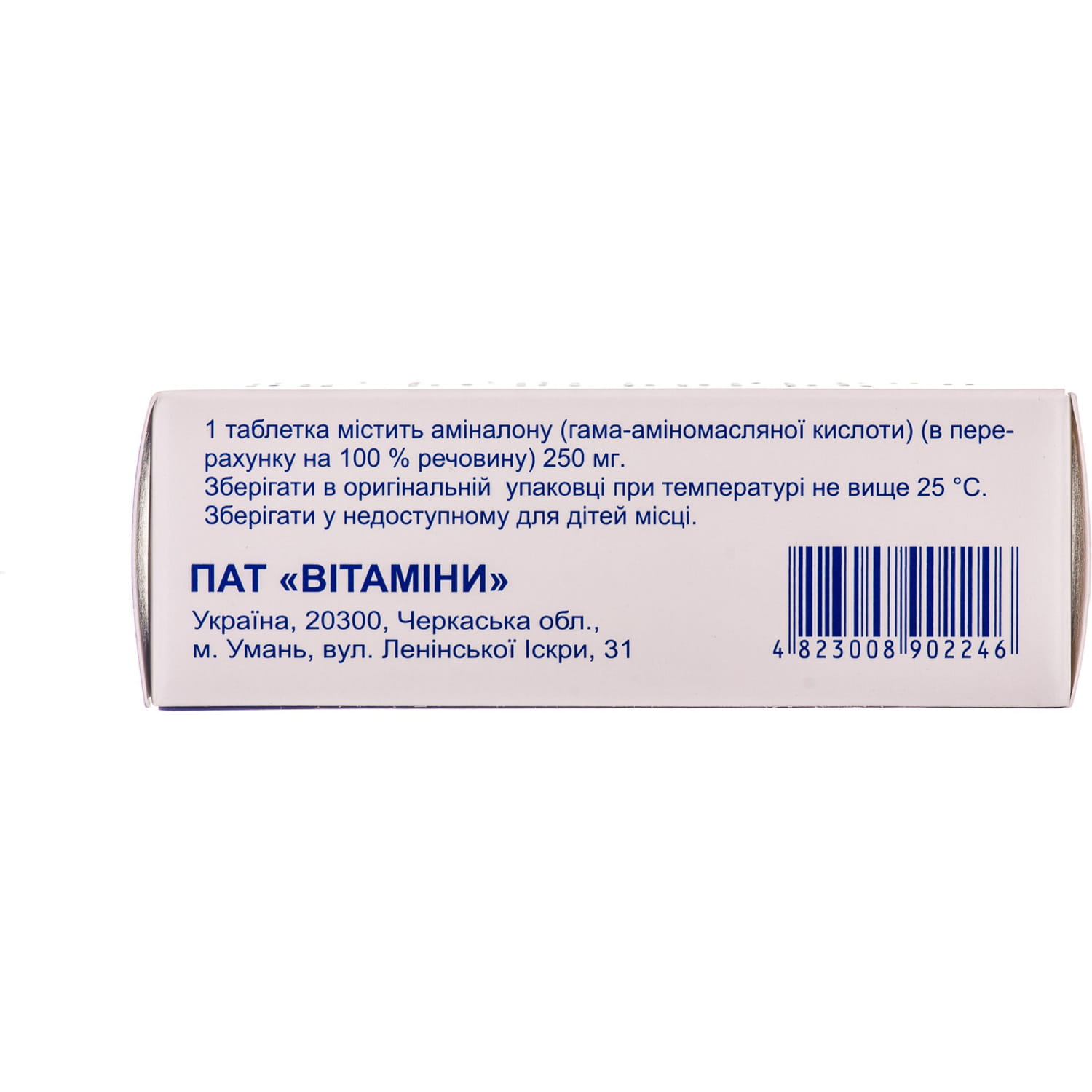

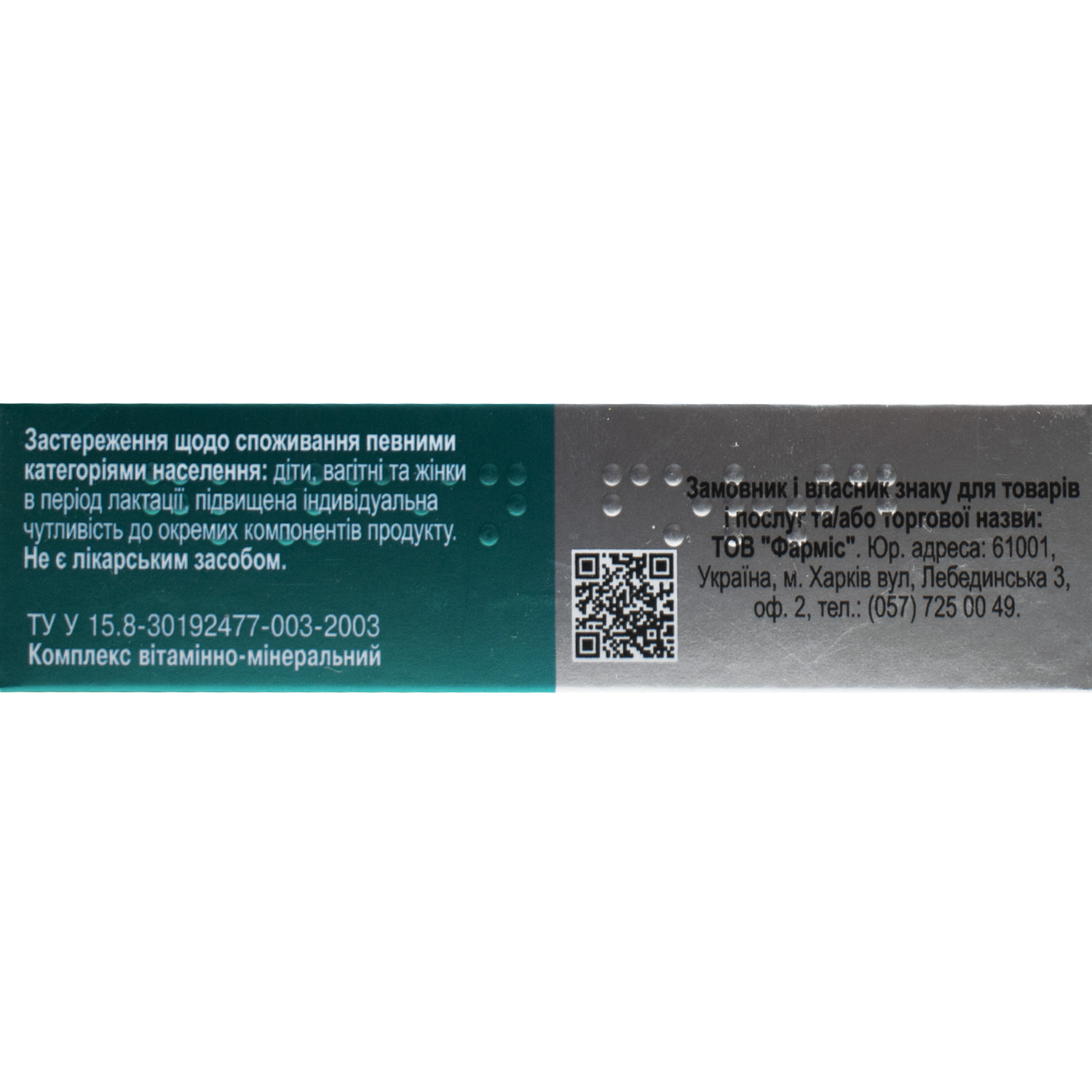
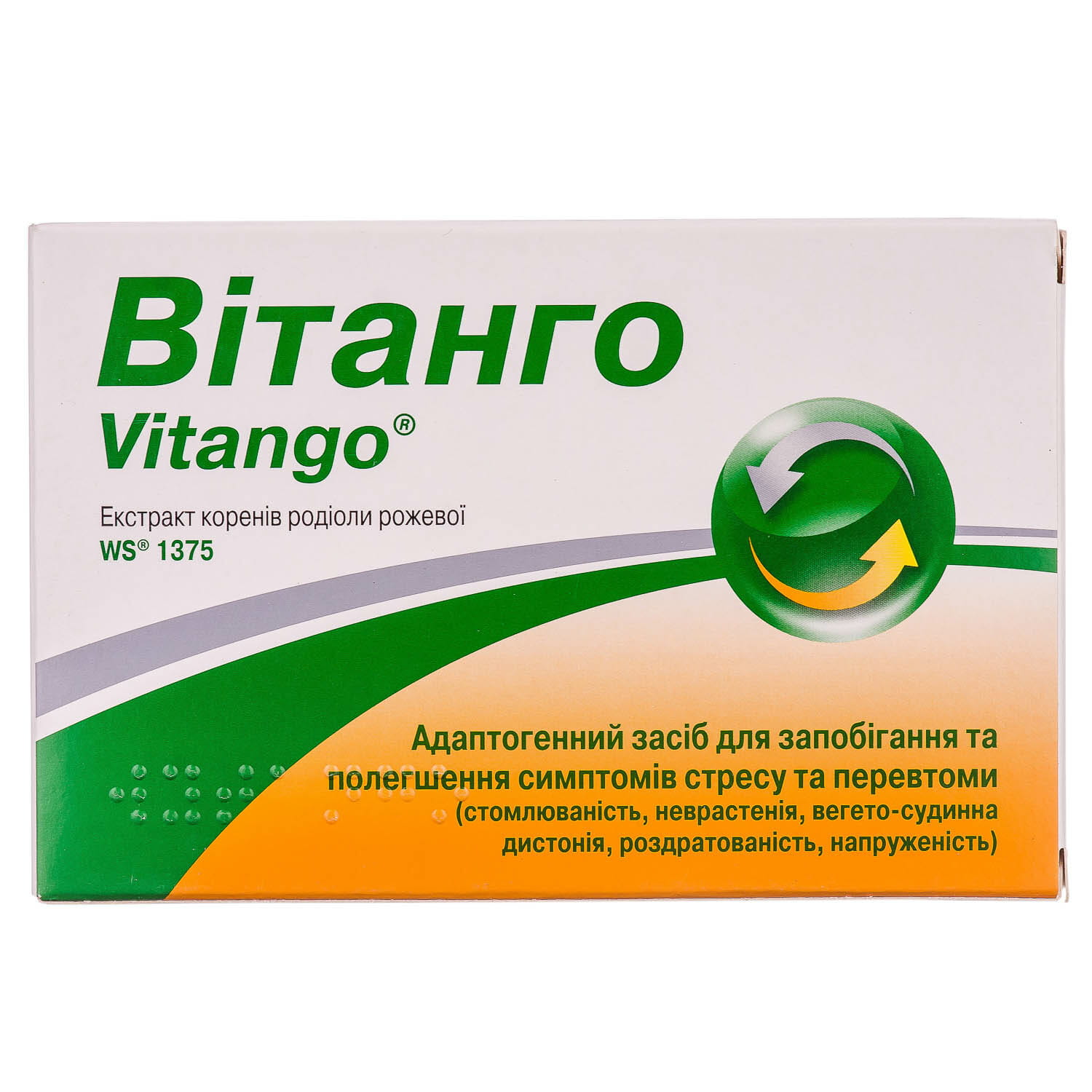
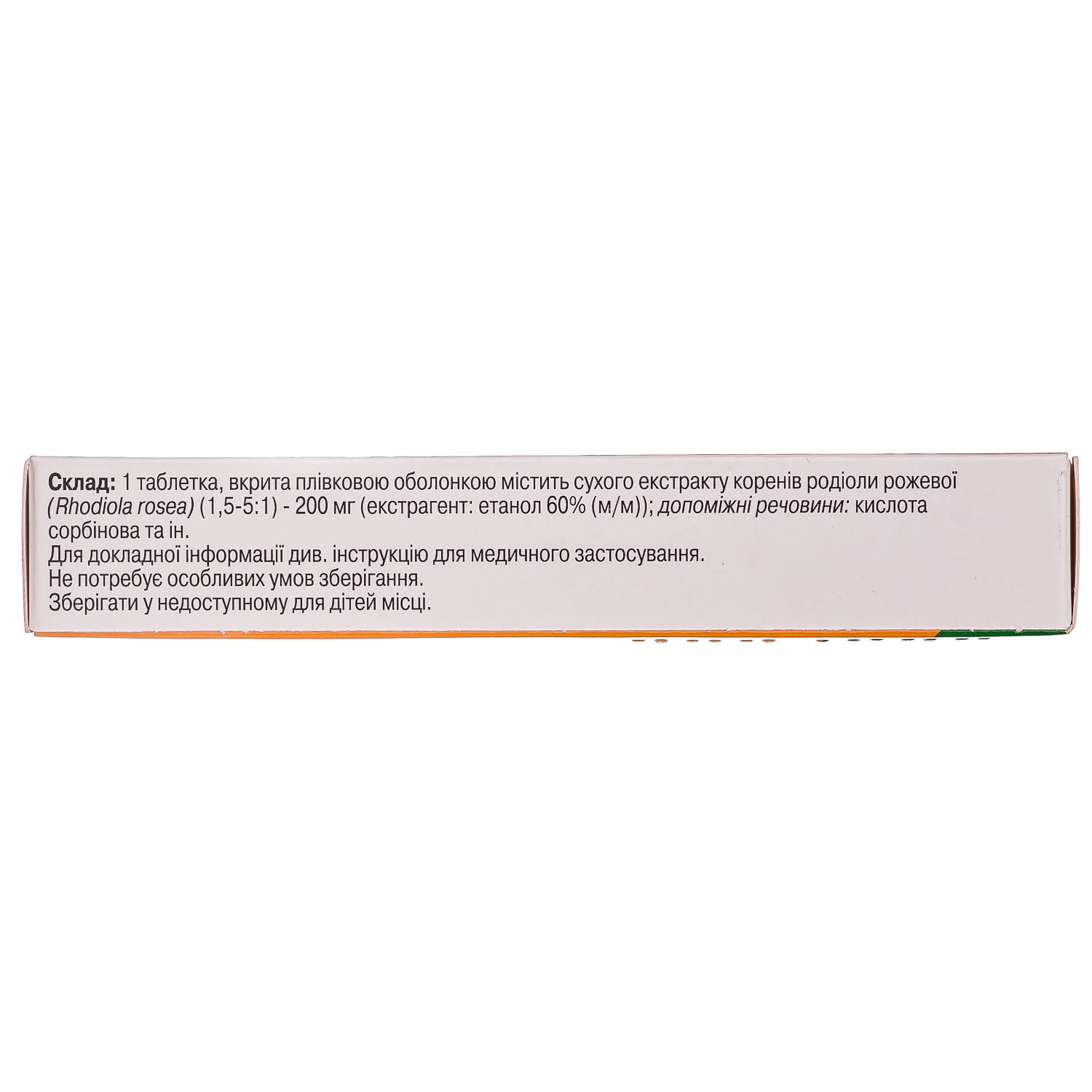
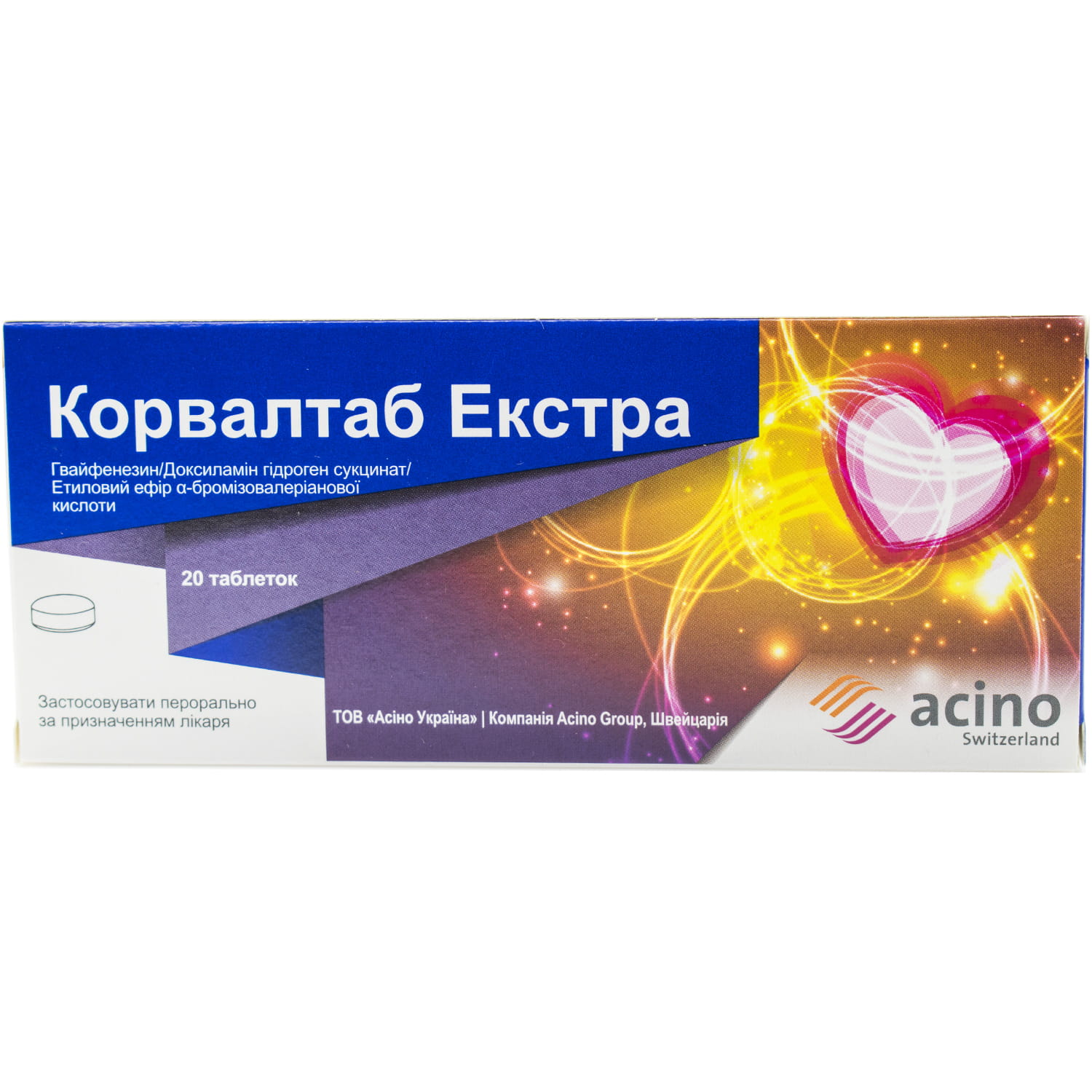
Reviews
There are no reviews yet.